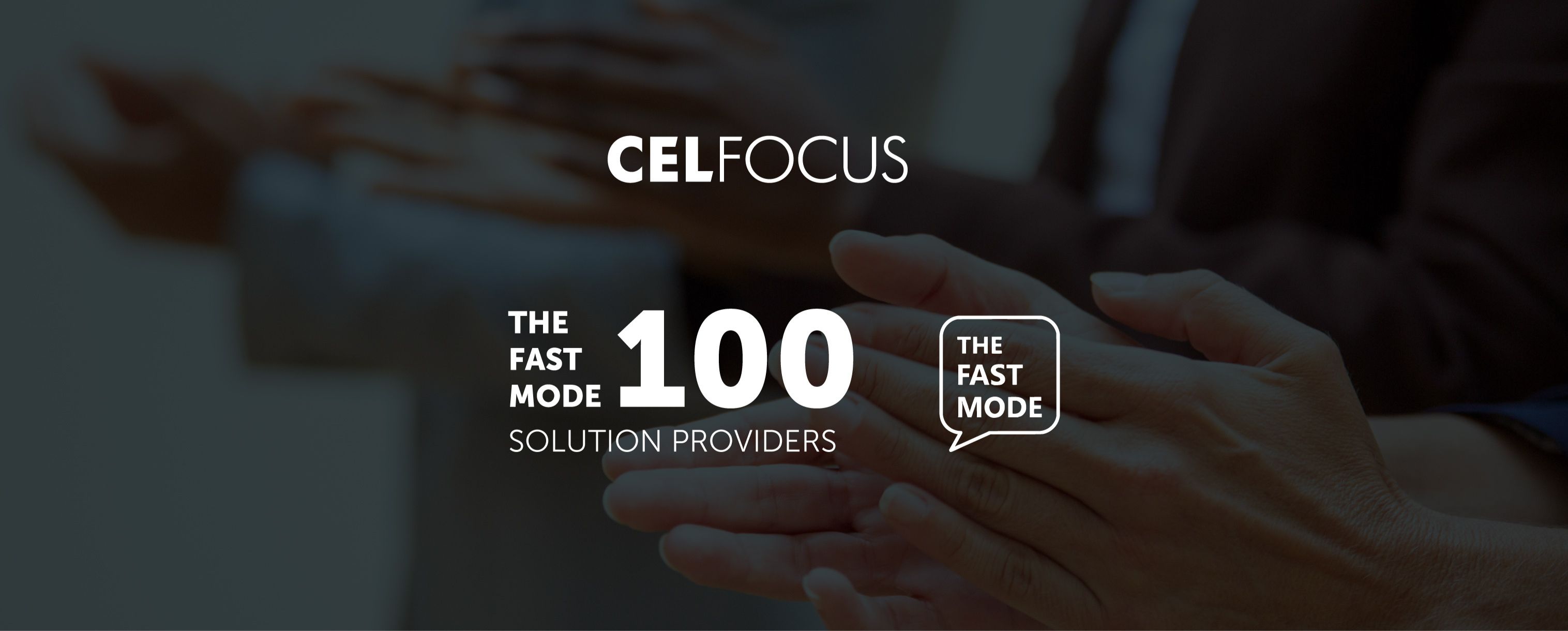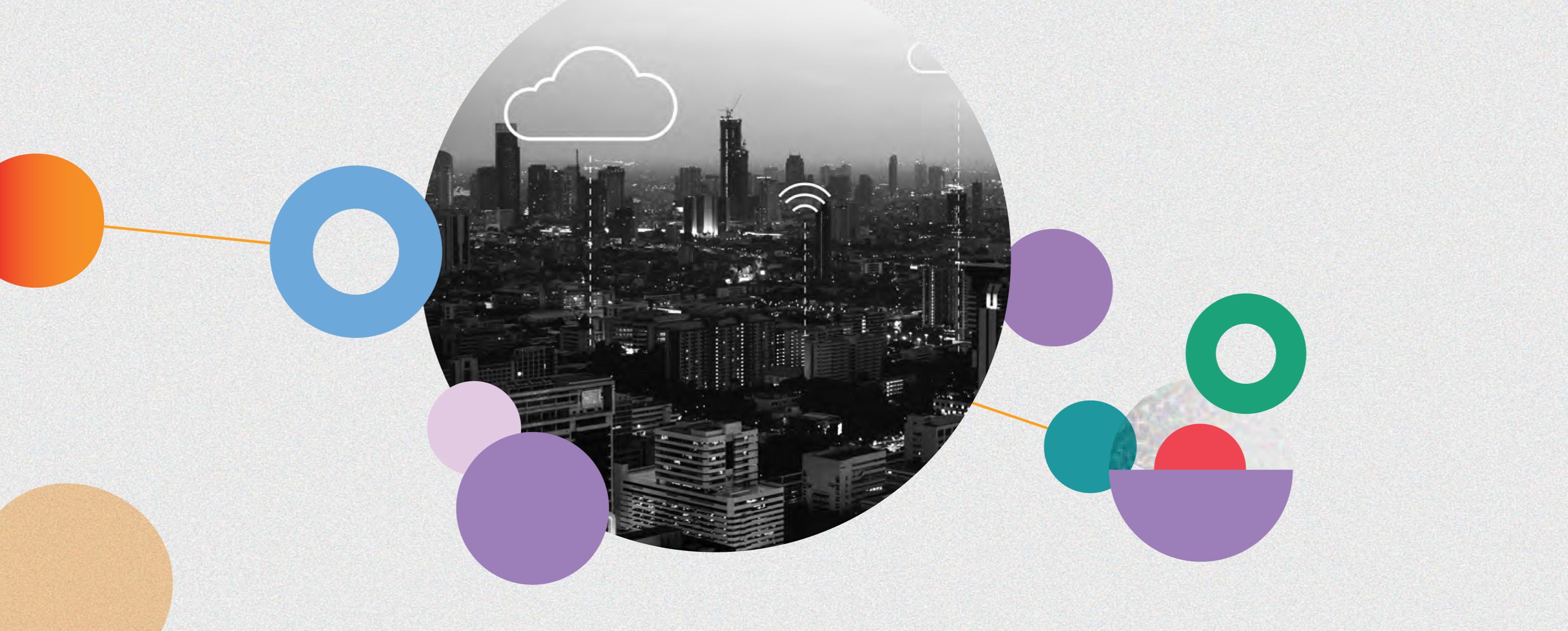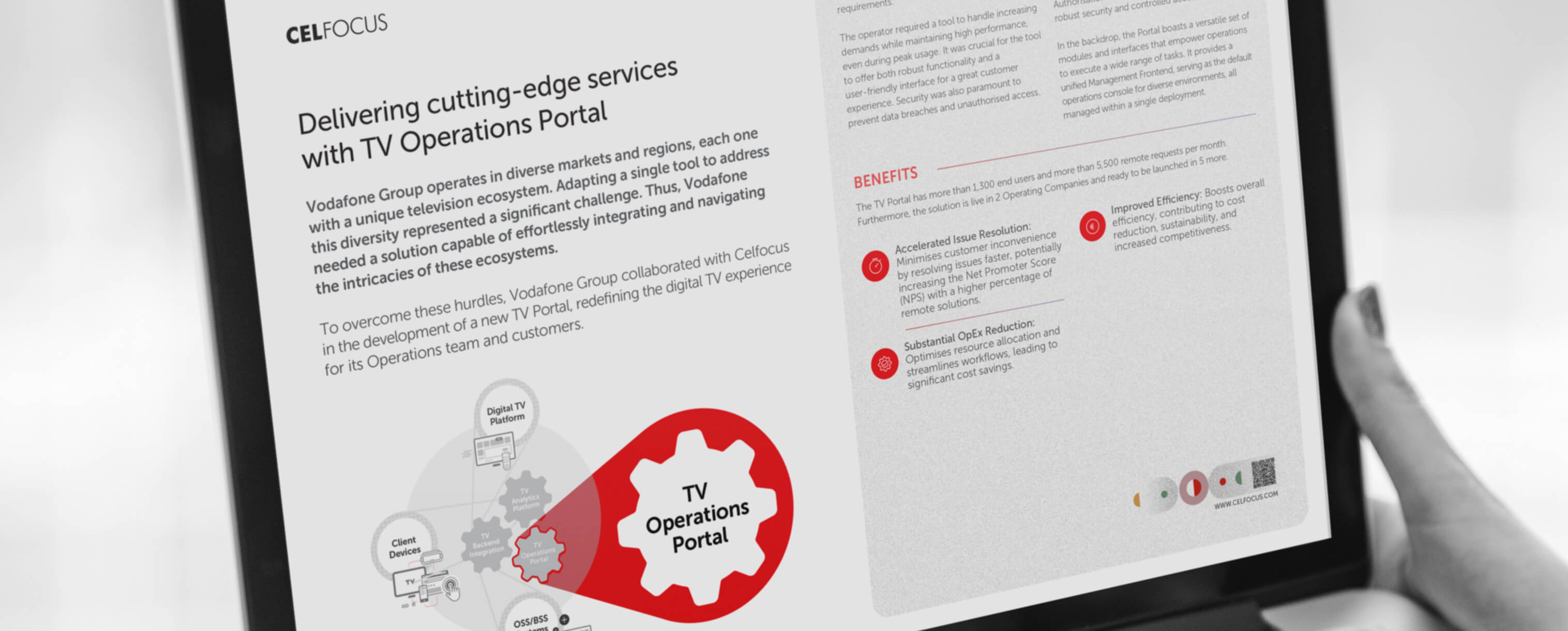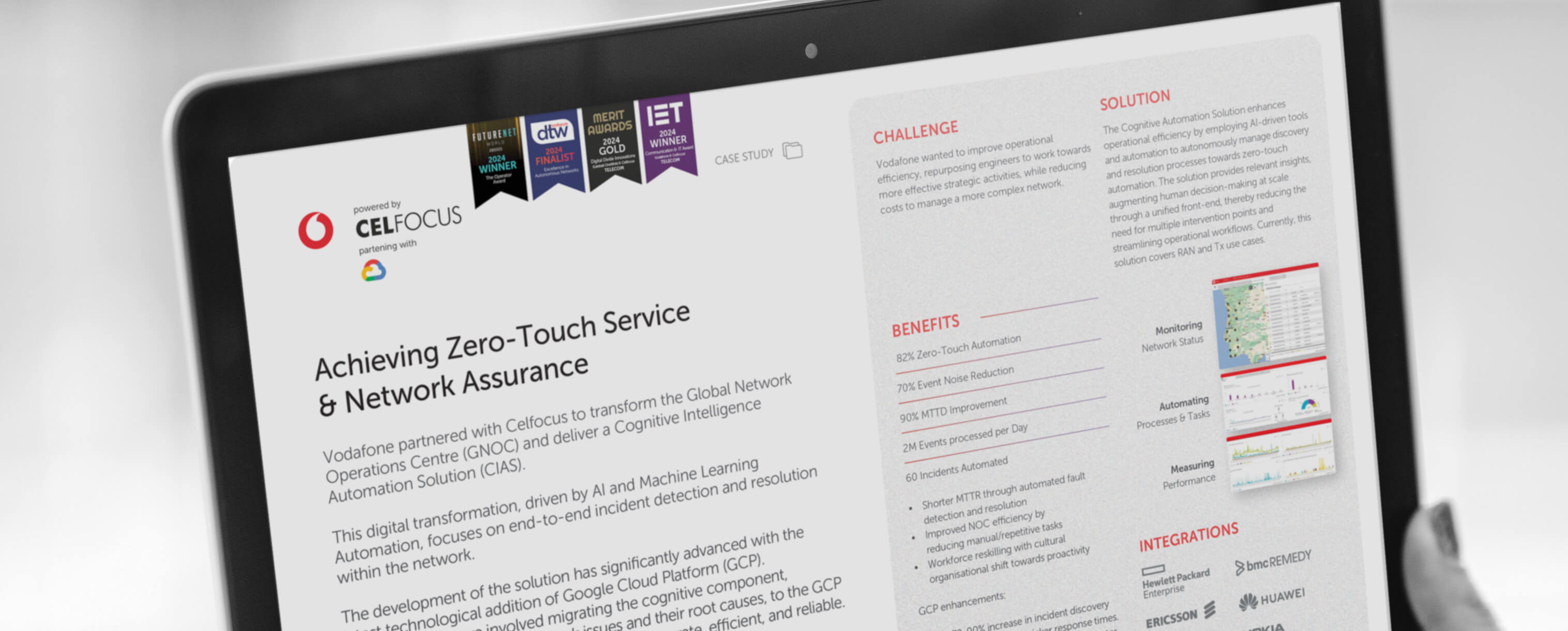|---Module:text|Size:Small---|
The fundamental transformation happening today in the telecom world has had a deep effect on how CSPs engage with customers and the type of product portfolio mix being offered. The need to open the ecosystem and include partners from such diverse origins – financial services, OTTs, health care, etc. – forced a new approach to deal with this dynamic environment.
The overall IT architecture is changing to adjust, impacting all systems from the interaction layer to BSS/OSS and network. CSPs everywhere are reinventing themselves to face the challenges but also the amazing opportunities that this new digital world encompasses.
CSPs must rethink their network and continuously improve their Network Operations efficiency. With big data solutions enabling the data processing capacity required to unleash the potential of Artificial Intelligence (AI) and Machine Learning (ML) technologies, the Cognitive Automation of Network Operations is proving to be the way to go.
In a context of increasing data complexity and growth, the automation of operation processes is becoming more and more important to tackle volume and provide relevant and timely insights. Network Operation processes are typically standard or tendentially standardised and have a high degree of predictability making them candidates for automation. The pace of CSPs’ automation levels can be increased by leveraging the insights brought by cognitive technologies.
Cognitive Automation positions Network Operations higher in the value chain, evolving from a traditional cost centre to a new and pivotal role in the business model transformation that CSPs’ are undergoing to become centred on digital.
When considering a Cognitive Automation approach, CSPs can expect to significantly increase automation levels by:
- Learning from data on design time instead of only relying on human driven analysis and specifications, which typically requires significant effort and time.
- Increasing automation intake rate while reducing hardcoding of rules and reference data. By introducing cognitive services for run-time, it improves the solution’s adaptability to unexpected scenarios and inaccurate data sources.
- Introducing automatic probabilities on next-best-actions, instead of by-the-book processes, which typically have long cycle from requirement-to-production.
|---Module:text|Color:Red|Size:Small---|
Bringing CognitiveAutomation to Network Operations
|---Module:text|Size:Small---|
In most CSPs today, network operations perform in are active mode, when there is a breach, a problem reported, a series of network alarm events or a customer complaint. Solving these issues is, in most cases, dependent of human intervention and manual processes, which is highly limited.
By going from a reactive to proactive stance, cognitive automation can support CSPs in transforming network landscape. The applicability of Artificial Intelligence in Network Operations is wide, including: noise filtering on network events/alarms, anomaly/incident detection, customer impact assessment and capacity planning, among others, and can have a lasting impact on improving operations efficiency.
Some examples among the several roles that AI can play on improving Network Operations, include:
- Moving from being reactive to proactive by predicting, anticipating, and understanding events’ behaviour and consequences.
- Understanding correlation between events and data points from various internal and external data sources – and the temporal sequence under which they occur – and decide on the most probable root cause and corrective actions to take.
- Building cause-effect event models in the network, even when network, inventory data is scarce or inaccurate. Anticipate the impact footprint of future occurrences, while obtaining valuable input to network and disaster recovery planning activities.
Although cognitive solutions can unlock data value and provide unique insights, automation makes it possible for CSPs to scale-up and address data diversity, volume and free technical resources to focus on exceptions. Implementing a full Cognitive Automation solution means building an autonomous or semi-autonomous system, composed of specific building blocks, critical to drive Artificial Intelligence and robotic action.
|---Module:image|Size:Small---|

|---Module:text|Size:Small---|
- Sense: Different data types and sources will have different ingestion strategies. The capacity of the sensing components to gather both batch and real-time data from different sources and formats, structured and unstructured, together with its scalability, are critical decisions for a robust Cognitive Automation solution;
- Decide: The decisioning component must be able to effectively filter through the noise (irrelevant network alarms, correlate alarms and events and identify incidents and abnormal behaviours in the acquired real-time data), like humans do. Probabilistic root-cause pinpointing and prediction of the expected behaviour in the detected scenario/incident is also key for an effective action recommendation;
- Reference Knowledge: The Reference Knowledge for the Cognitive Automation solution is fed with business/operations data (inventory, products, customers, contracts, target KPIs and SLAs…) and learnings from the Learning component (which may result from human-assisted machine-learning or autonomous learning). Business-related data, such as products and customer-related information, is critical for the Cognitive Automation solution to directly assess customer impact of an incident and prioritise its resolution accordingly;
- Learn: The Learning component targets the implementation of continuous learning algorithms, either in real time as each new data comes in or offline, analyzing large volume of data. As in any data-driven project, the baseline reference knowledge is critical for ML application success. The more comprehensive it is and more quality it delivers, the faster the ML will deliver results;
- Execute: Once an incident is detected and qualified, this component is responsible for ensuring the defined actions are executed. Strategies for automation include the use of: Robotic Process Automation (RPA) and Run Book Automation (RBA);
- Interact and Inform: The challenge of introducing Cognition and Automation in Network Operations must cater to one very important aspect that is also faced by new team members: the ability to communicate with the team, ask for help, keep everyone informed and provide information. This interactivity component must be bi-directional: automations that require human decision and humans that need information to execute an action.
|---Module:text|Color:Red|Size:Small---|
CelfocusCognitive Automation Solution
|---Module:text|Size:Small---|
Celfocus’ Cognitive Automation solution is based on 3 main building blocks, namely “Big Data & Machine Learning Platform”, “Automation Platform” and “Operations Portal”, described below in more detail.
|---Module:image|Size:Small---|

|---Module:text|Size:Small---|
Big data and cognitive – Big Data Operational Analytics to consolidate OSS large data set, thus enabling new insights. It holds all the Consolidated Knowledge to be used in the solution. Real-time and batch data collection components are introduced depending on data sources, so that the solution is powered with the desired Sensing capacity. Real-time Deciding engine proactively detects incidents and leverages on operationalized cognitive services from ML over the reference knowledge.
Automation Platform – The automation platform is the Executing part within the solution. It integrates with OSS tools and Network Management Systems to execute actions that would be performed by technical resources during incident resolution. Celfocus distinguishes automation approaches in two: Automation for human assistance and Automation with human assistance.
Operations Portal – The key Interacting point in the Cognitive Automation solution. It unifies data, key functionality and operational dashboards in a single front-end, reduces the number of systems needed to solve an issue, focusing on process simplification and user experience, for a 360º information point and quick turn-around on getting resources up-to-speed.
|---Module:text|Color:Red|Size:Small---|
Advantages
|---Module:text|Size:Small---|
- Scale processing power for automation, reducing the need to train additional resources to handle the extra load;
- Use big data analytics and ML to find insights;
- Increase proactiveness by using artificial intelligence to autonomously identify event patterns and resolutions;
- Unleash the power of big data to source all the network-facing teams with the necessary data for both strategic and tactical decisions;
- Leverage the use of predictive algorithms and process automation to act on preventive maintenance before incidents take place;
- Ensure a holistic visibility using Celfocus Operations Portal, unifying the OSS tools for a simplified real-time vision of the operation and faster data access.




































